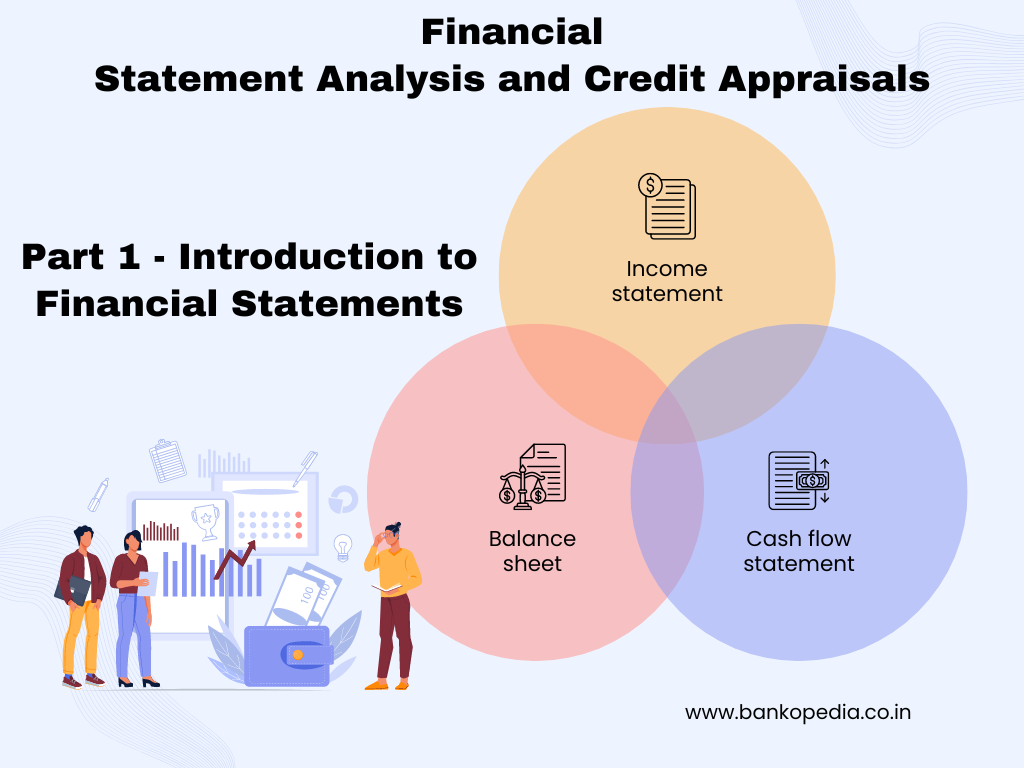The evolution of the Indian banking system is a fascinating tale spanning over centuries. The history of banking in India is rich and diverse, reflecting the economic and political changes of the nation. This comprehensive guide by Bankopedia will take you through the journey of banking in India, right from its inception to the present-day digital era.
The Early Days: Indigenous Banking
Before the advent of modern banking, India had a traditional system known as ‘Indigenous Banking.’ This system consisted of money lenders and indigenous bankers who provided credit to the agrarian sector and small businesses. This indigenous banking was prevalent across India with different names like ‘Seth’, ‘Sahukar’, and ‘Chetty’ used in different regions.
Entry of European Banks and Establishment of Presidency Banks
The dawn of the modern banking system in India started with the establishment of the Bank of Hindustan in 1770, a venture of Alexander & Co., a European Agency. Unfortunately, this bank was liquidated in 1830-32. However, it was the establishment of Presidency banks – Bank of Calcutta (1806), Bank of Bombay (1840), and Bank of Madras (1843) that laid the groundwork for organized banking in India. These banks were later amalgamated into the Imperial Bank of India in 1921.
Birth of the Reserve Bank of India (RBI) and Nationalization
The year 1935 marked a significant milestone in Indian banking history with the establishment of the Reserve Bank of India (RBI) as the central banking institution. Post-independence, the RBI was nationalized in 1949.
The Indian government nationalized 14 major private banks in 1969 and another six in 1980. This phase of nationalization aimed to ensure wider reach of banking services, channelize funds to needy sectors of the economy, and ensure sufficient public control over banking.
Liberalization and the Entry of Private Banks
The early 1990s saw economic liberalization, which led to radical changes in the banking industry. The sector was opened to private participation, and this brought about a fresh wave of competition and innovation in the industry. New-generation tech-savvy banks like ICICI Bank, HDFC Bank, and Axis Bank began operations, focusing on technology, customer service, and product innovation.
Rise of Digital Banking and Fintech
The 21st century brought a digital revolution in banking. With the advent of internet banking, ATMs, mobile banking, Unified Payments Interface (UPI), and more, the face of banking in India has drastically changed over the past two decades. The digital push was further enhanced by the entry of Payments Banks and Small Finance Banks catering to niche segments and contributing towards the goal of financial inclusion.
Conclusion
Today, the Indian banking system is a robust and diverse network of financial institutions, thanks to the various historical phases it has gone through. As digital transformation continues to reshape the industry, the future of banking in India looks promising. The journey has been momentous, and as the history of banking in India continues to unfold, Bankopedia will be right here to guide you through its developments.











Informative Article